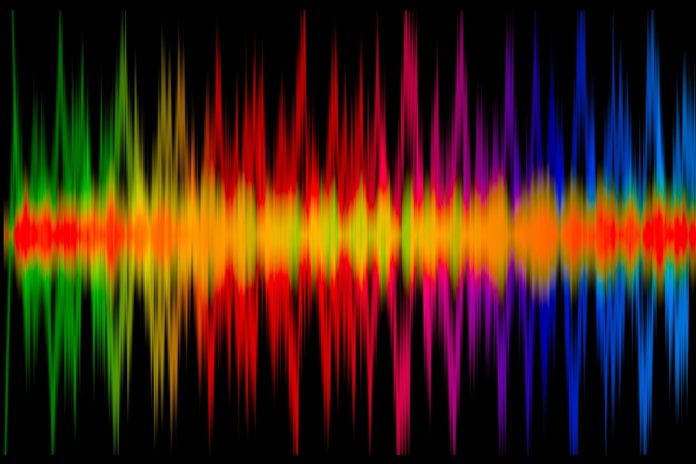Ericsson and Huawei separately testing 5G NR at 2.6 GHz
This week Ericsson and Huawei, two of the largest network infrastructures in the world, both announced successful tests of the non-standalone 5G New Radio standard supported by mid-band 2.6 GHz spectrum.
Although current U.S. 5G deployments from Verizon and AT&T are based on millimeter wave frequencies, the long view on 5G contemplates a mix of low-, mid- and high-band spectrum. Sprint, for instance, is deploying its 2.5 GHz to bolster its LTE network while laying the groundwork for a 5G launch later this year.
Ericsson and Qualcomm Technologies said they have achieved a non-standalone 5G New Radio data call at 2.6 GHz, adding a new frequency band to those successfully tested for commercial deployment.
At its lab in Kista, Sweden, Ericsson worked with Qualcomm to demo a bi-directional NSA 5G NR data transmission using 2.6 GHz. The test used Ericsson’s commercially available 5G hardware – including its 5G NR radio AIR 6488 and RAN Compute products – together with a Qualcomm Technologies’ mobile smartphone form-factor test device powered by the Snapdragon X50 modem and antenna modules with integrated RF transceiver, RF front-end and antenna elements.
From Ericsson’s June 2018 Mobility Report, “In general, all the current 3GPP bands including low bands (600MHz, 700MHz, 800MHz, 850MHz and 900MHz) and mid-bands (1.5GHz, 1.7GHz, 1.8GHz, 1.9GHz, 2.1GHz, 2.3GHz and 2.6GHz) are being considered for 5G services in the future. These bands, and composite arrangements of these bands, will be central to delivering 5G coverage and capacity for enhanced mobile broadband, IoT, industrial automation and mission-critical business cases, as well as for Public Protection and Disaster Relief (PPDR) services.”
According to Huawei, its 2.6 GHz test, part of the IMT-2020 5G Promotion Group, builds on lab and field work focused on 3.5 GHz and 4.9 GHz. Huawei tapped its massive MIMO antennas and 5G terminal devices to show throughput in the 1.8 Gbps range.
“In the early stage of 5G network deployment, C-Band and 2.6 GHz are undoubtedly the most mainstream frequency bands, Yang Chaobin, president of Huawei’s 5G product line, said in a statement. “The industry chain of 2.6 GHz needs to be promoted together.”

